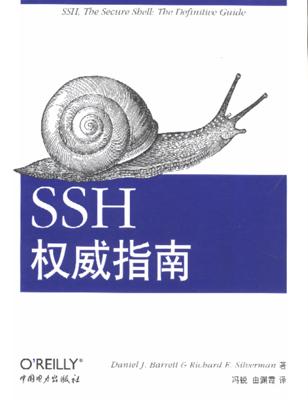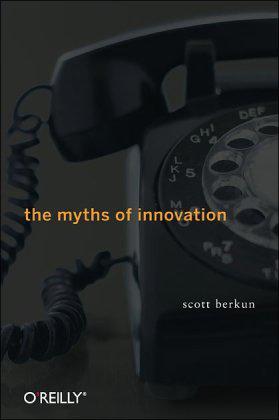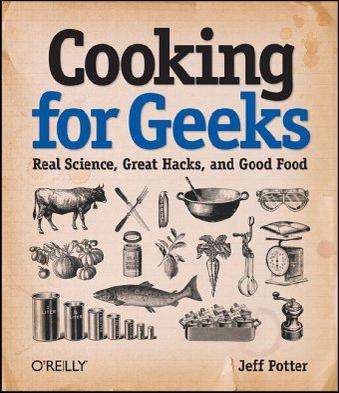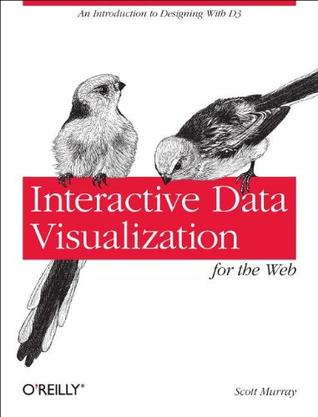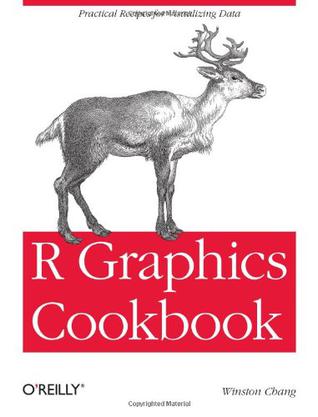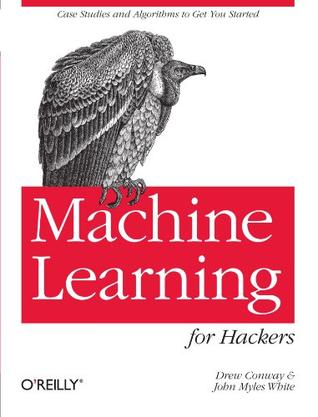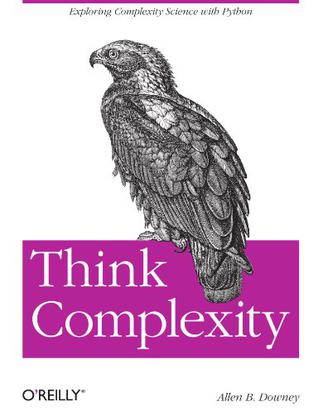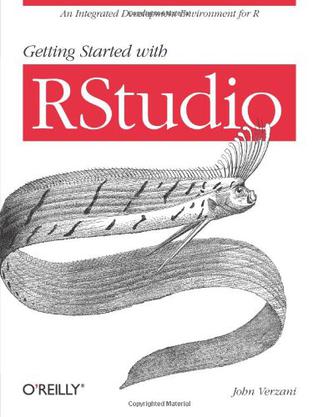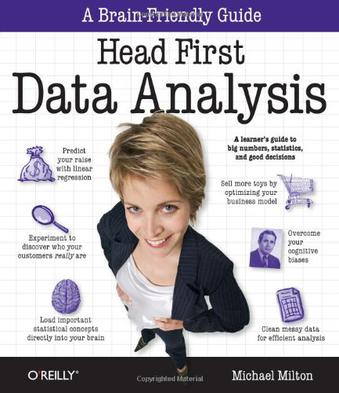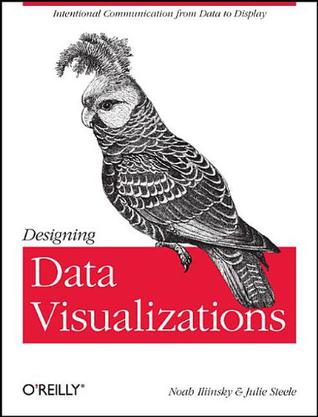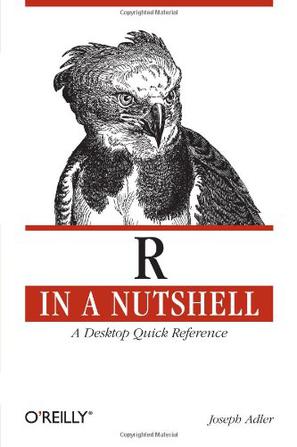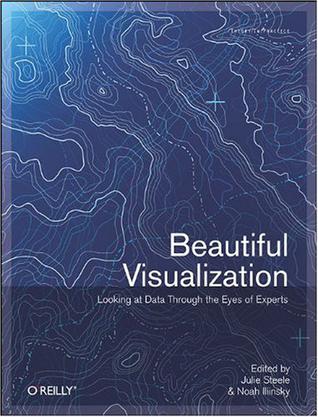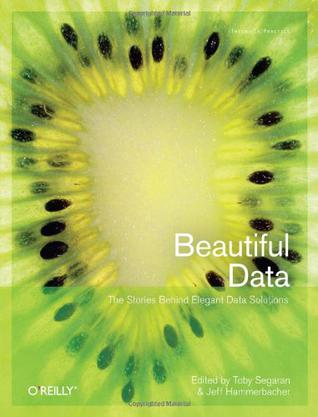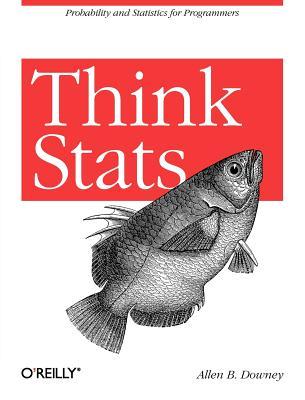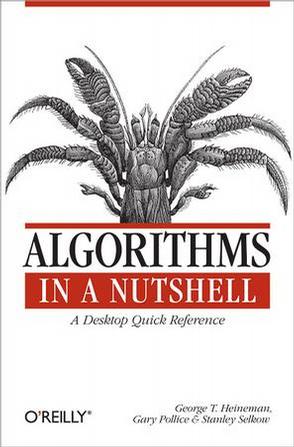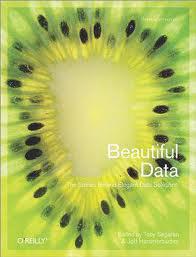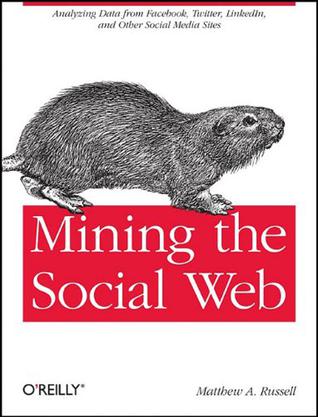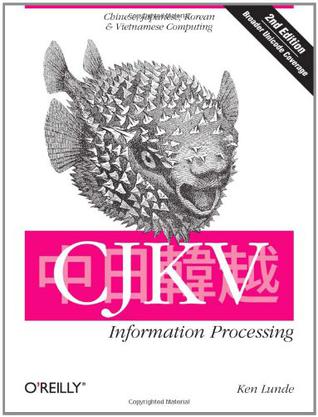欢迎来到相识电子书!
标签:O'Reilly
-
SSH权威指南
快点用SSH保护你的计算机网络吧!SSH(Secure Shell)具有透明、保密性强、公钥认证可信的特点,并具有高度可配置的客户端/服务器体系结构,是基于TCP/IP协议、目前十分流行且健壮的网络安全与隐私保护解决方案。SSH支持安全远程登录,可用于计算机之间安全地传输文件。它特有的“隧道”功能能够保护其他一些原本并不安全的网络应用程序。而所有这一切中最重要的一点是,SSH既有免费版本,也有功能... -
The Myths of Innovation
How do you know whether a hot technology will succeed or fail? Or where the next big idea will come from? The best answers come not from the popular myths we tell about innovation, but instead from time-tested truths that explain how we've made it this far. This book shows the way. In The Myths of Innovation, bestselling author Scott Berkun takes a careful look at innovation history, including the software and Internet Age, to reveal how ideas truly become successful innovations-truths that people can apply to today's challenges. Using dozens of examples from the history of technology, business, and the arts, you'll learn how to convert the knowledge you have into ideas that can change the world. Why all innovation is a collaborative process How innovation depends on persuasion Why problems are more important than solutions How the good innovation is the enemy of the great Why the biggest challenge is knowing when it's good enough "For centuries before Google, MIT, and IDEO, modern hotbeds of innovation, we struggled to explain any kind of creation, from the universe itself to the multitudes of ideas around us. While we can make atomic bombs, and dry-clean silk ties, we still don't have satisfying answers for simple questions like: Where do songs come from? Are there an infinite variety of possible kinds of cheese? How did Shakespeare and Stephen King invent so much, while we're satisfied watching sitcom reruns? Our popular answers have been unconvincing, enabling misleading, fantasy-laden myths to grow strong." -- Scott Berkun, from the text. "Insightful, inspiring, evocative, and just plain fun to read it's totally great." -- John Seely Brown, former Chief Scientist of Xerox, andDirector, Xerox Palo Alto Research Center (PARe; current Chief of Confusion "Small, simple, powerful: an innovative book about innovation." -- Don Norman, Nielsen Norman Group, Northwestern University; author of Emotional Design and Design of Everyday Things "The naked truth about innovation is ugly, funny, and eye-opening, but it sure isn't what most of us have come to believe. With this book, Berkun sets us free to try to change the world unencumbered with misconceptions about how innovation happens." -- Guy Kawasaki, author of The Art of the Start "Brimming with insights and historical examples, Berkun's book not only debunks widely held myths about innovation but also points the ways toward making your new ideas stick. Even in today's ultra-busy commercial world, reading this book will be time well spent." -- Tom Kelley, GM, IDEO; author of The Ten Faces of Innovation "This book cuts through the hype, analyzes what is essential, and more importantly, what is not. You will leave with a thorough understanding of what really drives innovation." -- Werner Vogels, CTO, Amazon.com "I loved this book. It's an easy-to-read playbook for anyone wanting to lead and manage positive change in their business." -- Frank McDermott, Marketing Manager, EMI Music Scott Berkun knows innovation. A member of the Internet Explorer team at Microsoft from 1994-1999, he is a full-time author at www.scottberkun.com and wrote the 2005 bestseller, The Art of Project Management (O'Reilly). He also teaches creative thinking at the University of Washington. -
Cooking for Geeks
Are you the innovative type, the cook who marches to a different drummer -- used to expressing your creativity instead of just following recipes? Are you interested in the science behind what happens to food while it's cooking? Do you want to learn what makes a recipe work so you can improvise and create your own unique dish? More than just a cookbook, Cooking for Geeks applies your curiosity to discovery, inspiration, and invention in the kitchen. Why is medium-rare steak so popular? Why do we bake some things at 350 F/175 C and others at 375 F/190 C? And how quickly does a pizza cook if we overclock an oven to 1,000 F/540 C? Author and cooking geek Jeff Potter provides the answers and offers a unique take on recipes -- from the sweet (a "mean" chocolate chip cookie) to the savory (duck confit sugo). This book is an excellent and intriguing resource for anyone who wants to experiment with cooking, even if you don't consider yourself a geek. Initialize your kitchen and calibrate your tools Learn about the important reactions in cooking, such as protein denaturation, Maillard reactions, and caramelization, and how they impact the foods we cook Play with your food using hydrocolloids and sous vide cooking Gain firsthand insights from interviews with researchers, food scientists, knife experts, chefs, writers, and more, including author Harold McGee, TV personality Adam Savage, chemist Hervé This, and xkcd -
Interactive Data Visualization for the Web
Create and publish your own interactive data visualization projects on the Web, even if you have no experience with either web development or data visualization. It's easy with this hands-on guide. You'll start with an overview of data visualization concepts and simple web technologies, and then learn how to use D3, a JavaScript library that lets you express data as visual elements in a web page. Interactive Data Visualization for the Web makes these skills available at an introductory level for designers and visual artists without programming experience, journalists interested in the emerging data journalism processes, and others keenly interested in visualization and publicly available data sources. Get a practical introduction to data visualization, accessible for beginners Focus on web-based tools that help you publish your creations quickly to a wide audience Learn about interactivity so you can engage users in exploring your data -
R Graphics Cookbook
This practical guide provides more than 150 recipes to help you generate high-quality graphs quickly, without having to comb through all the details of R's graphing systems. Each recipe tackles a specific problem with a solution you can apply to your own project, and includes a discussion of how and why the recipe works. Most of the recipes use the ggplot2 package, a powerful and flexible way to make graphs in R. If you have a basic understanding of the R language, you're ready to get started. Use R's default graphics for quick exploration of data Create a variety of bar graphs, line graphs, and scatter plots Summarize data distributions with histograms, density curves, box plots, and other examples Provide annotations to help viewers interpret data Control the overall appearance of graphics Render data groups alongside each other for easy comparison Use colors in plots Create network graphs, heat maps, and 3D scatter plots Structure data for graphing -
Machine Learning for Hackers
Now that storage and collection technologies are cheaper and more precise, methods for extracting relevant information from large datasets is within the reach any experienced programmer willing to crunch data. With this book, you'll learn machine learning and statistics tools in a practical fashion, using black-box solutions and case studies instead of a traditional math-heavy presentation. By exploring each problem in this book in depth - including both viable and hopeless approaches - you'll learn to recognize when your situation closely matches traditional problems. Then you'll discover how to apply classical statistics tools to your problem. Machine Learning for Hackers is ideal for programmers from private, public, and academic sectors. -
Think Complexity
Dive into Python's advanced possibilities, including algorithm analysis, graphs, scale-free networks, and cellular automata with this in-depth, hands-on guide. Whether you're an intermediate-level Python programmer, or a student of computational modeling, you'll examine data structures, complexity science, and other fascinating topics through a series of exercises, easy-to-understand explanations, and case studies. Think Complexity presents features that make Python such a simple and powerful language. Author Allen Downey provides code to help you get started, along with a solution for each exercise. With this book, you will: Work with graphs and graph algorithms, NumPy arrays and SciPy methods, basic signal processing and Fast Fourier Transform, and hash tables. Discover complexity science, the field that studies abstract models of complex physical systems, including power laws, fractals and pink noise, and Turing machines. Explore the philosophy of science through the models and results in this book about the nature of scientific laws, theory choice, and realism and instrumentalism, and more. -
Getting Started with RStudio
This e-book will introduce users to the RStudio framework for using and programming R, the widely used open source statistical computing environment. The RStudio framework, is an open source project that brings together many powerful coding tools into an intuitive interface. It runs under all major platforms (Windows, Mac, Linux) and through a web browser (using the server installation). This text should appeal to newer R users and students who want to explore the interface to get the most out of R and to older R users who want to use a more modern looking development environment. The book will serve as both a resource to look up specific features provided by RStudio and as an introduction to the following processes with R: data analysis, programming and report generation. -
Head First Data Analysis
Today, interpreting data is a critical decision-making factor for businesses and organizations. If your job requires you to manage and analyze all kinds of data, turn to "Head First Data Analysis", where you'll quickly learn how to collect and organize data, sort the distractions from the truth, find meaningful patterns, draw conclusions, predict the future, and present your findings to others. Whether you're a product developer researching the market viability of a new product or service, a marketing manager gauging or predicting the effectiveness of a campaign, a salesperson who needs data to support product presentations, or a lone entrepreneur responsible for all of these data-intensive functions and more, the unique approach in "Head First Data Analysis" is by far the most efficient way to learn what you need to know to convert raw data into a vital business tool. You'll learn how to: determine which data sources to use for collecting information; assess data quality and distinguish signal from noise; build basic data models to illuminate patterns, and assimilate new information into the models; cope with ambiguous information; design experiments to test hypotheses and draw conclusions; use segmentation to organize your data within discrete market groups; visualize data distributions to reveal new relationships and persuade others; predict the future with sampling and probability models; clean your data to make it useful; and, communicate the results of your analysis to your audience. Using the latest research in cognitive science and learning theory to craft a multi-sensory learning experience, "Head First Data Analysis" uses a visually rich format designed for the way your brain works, not a text-heavy approach that puts you to sleep. -
Understanding and Using C Pointers
Improve your programming through a solid understanding of C pointers and memory management. With this practical book, you'll learn how pointers provide the mechanism to dynamically manipulate memory, enhance support for data structures, and enable access to hardware. Author Richard Reese shows you how to use pointers with arrays, strings, structures, and functions, using memory models throughout the book. Difficult to master, pointers provide C with much flexibility and power - yet few resources are dedicated to this data type. This comprehensive book has the information you need, whether you're a beginner or an experienced C or C++ programmer or developer. Get an introduction to pointers, including the declaration of different pointer types Learn about dynamic memory allocation, de-allocation, and alternative memory management techniques Use techniques for passing or returning data to and from functions Understand the fundamental aspects of arrays as they relate to pointers Explore the basics of strings and how pointers are used to support them Examine why pointers can be the source of security problems, such as buffer overflow Learn several pointer techniques, such as the use of opaque pointers, bounded pointers and, the restrict keyword -
Designing Data Visualizations
Data visualization is an efficient and effective medium for communicating large amounts of information. But the design process can often seem like an unexplainable creative endeavor. This book aims to demystify the design process for those who are already comfortable with data analysis, showing the reader how to encode information visually via a linear process of decision-making. -
R in a Nutshell
R is rapidly becoming the standard for developing statistical software, and R in a Nutshell provides a quick and practical way to learn this increasingly popular open source language and environment. You'll not only learn how to program in R, but also how to find the right user-contributed R packages for statistical modeling, visualization, and bioinformatics. -
Beautiful Visualization
Visualization is the graphic presentation of data -- portrayals meant to reveal complex information at a glance. Think of the familiar map of the New York City subway system, or a diagram of the human brain. Successful visualizations are beautiful not only for their aesthetic design, but also for elegant layers of detail that efficiently generate insight and new understanding. This book examines the methods of two dozen visualization experts who approach their projects from a variety of perspectives -- as artists, designers, commentators, scientists, analysts, statisticians, and more. Together they demonstrate how visualization can help us make sense of the world. Explore the importance of storytelling with a simple visualization exercise Learn how color conveys information that our brains recognize before we're fully aware of it Discover how the books we buy and the people we associate with reveal clues to our deeper selves Recognize a method to the madness of air travel with a visualization of civilian air traffic Find out how researchers investigate unknown phenomena, from initial sketches to published papers Contributors include: Nick Bilton, Michael E. Driscoll, Jonathan Feinberg, Danyel Fisher, Jessica Hagy, Gregor Hochmuth, Todd Holloway, Noah Iliinsky, Eddie Jabbour, Valdean Klump, Aaron Koblin, Robert Kosara, Valdis Krebs, JoAnn Kuchera-Morin et al., Andrew Odewahn, Adam Perer, Anders Persson, Maximilian Schich, Matthias Shapiro, Julie Steele, Moritz Stefaner, Jer Thorp, Fernanda Viegas, Martin Wattenberg, and Michael Young. -
Beautiful Data
In this insightful book, you'll learn from the best data practitioners in the field just how wide-ranging - and beautiful - working with data can be. Join 39 contributors as they explain how they developed simple and elegant solutions on projects ranging from the Mars lander to a Radiohead video. With "Beautiful Data", you will: explore the opportunities and challenges involved in working with the vast number of datasets made available by the Web; learn how to visualize trends in urban crime, using maps and data mashups; discover the challenges of designing a data processing system that works within the constraints of space travel; also learn how crowdsourcing and transparency have combined to advance the state of drug research; and, understand how new data can automatically trigger alerts when it matches or overlaps pre-existing data. Learn about the massive infrastructure required to create, capture, and process DNA data. That's only small sample of what you'll find in "Beautiful Data". For anyone who handles data, this is a truly fascinating book. Contributors include: Nathan Yau; Jonathan Follett and Matt Holm; J.M. Hughes; Raghu Ramakrishnan, Brian Cooper, and Utkarsh Srivastava; Jeff Hammerbacher; Jason Dykes and Jo Wood; Jeff Jonas and Lisa Sokol; Jud Valeski; Alon Halevy and Jayant Madhavan; Aaron Koblin and Valdean Klump; Michal Migurski; Jeff Heer; Coco Krumme; Peter Norvig; Matt Wood and Ben Blackburne; Jean-Claude Bradley, Rajarshi Guha, Andrew Lang, Pierre Lindenbaum, Cameron Neylon, Antony Williams, and Egon Willighagen; Lukas Biewald and Brendan O'Connor; Hadley Wickham, Deborah Swayne, and David Poole; Andrew Gelman, Jonathan P. Kastellec, and Yair Ghitza; and, Toby Segaran. -
Think Stats
If you know how to program, you have the skills to turn data into knowledge using the tools of probability and statistics. This concise introduction shows you how to perform statistical analysis computationally, rather than mathematically, with programs written in Python. You'll work with a case study throughout the book to help you learn the entire data analysis process—from collecting data and generating statistics to identifying patterns and testing hypotheses. Along the way, you'll become familiar with distributions, the rules of probability, visualization, and many other tools and concepts. Develop your understanding of probability and statistics by writing and testing code Run experiments to test statistical behavior, such as generating samples from several distributions Use simulations to understand concepts that are hard to grasp mathematically Learn topics not usually covered in an introductory course, such as Bayesian estimation Import data from almost any source using Python, rather than be limited to data that has been cleaned and formatted for statistics tools Use statistical inference to answer questions about real-world data -
算法技术手册
创造稳定的软件需要有效的算法,但是程序设计者们很少能在问题出现之前就想到。《算法技术手册(影印版)》描述了现有的可以解决多种问题的算法,并且能够帮助你根据需求选择并实现正确的算法——只需要一定的数学知识即可理解并分析算法执行。相对于理论来说,本书更注重实际运用,书中提供了多种程序语言中可用的有效代码解决方案,可轻而易举地适合一个特定的项目。有了这本书,你可以: 解决特定编码问题或改进现有解决方案的执行; 迅速确定与需要解决的问题相关的算法,并判定为什么这样的算法是正确的; 探索C、C++、Java、Ruby中的算法解决方案,伴有实现诀窍; 了解一个算法预期的执行情况及最佳的执行条件; 发现不同算法中相似设计产生的冲突; 学习先进的数据结构以改进算法效率。 有了《算法技术手册》,你可以学习如何改进算法的性能,这是软件应用成功的关键。 -
数据之美
数据之美(影印版),ISBN:9787564122720,作者:(美)西格兰,(美)哈梅巴赫 著 -
Mining the Social Web
Popular social networks such as Facebook, Twitter, and LinkedIn generate a tremendous amount of valuable social data. Who's talking to whom? What are they talking about? How often are they talking? Where are they located? This concise and practical book shows you how to answer these types of questions and more. Each chapter presents a soup-to-nuts approach that combines popular social web data, analysis techniques, and visualization to help you find the needles in the social haystack you've been looking for -- and some you didn't know were there. With Mining the Social Web, intermediate-to-advanced Python programmers will learn how to collect and analyze social data in way that lends itself to hacking as well as more industrial-strength analysis. The book is highly readable from cover to cover and tells a coherent story, but you can go straight to chapters of interest if you want to focus on a specific topic. Get a concise and straightforward synopsis of the social web landscape so you know which 20% of the space to spend 80% of your time on Use easily adaptable scripts hosted on GitHub to harvest data from popular social network APIs including Twitter, Facebook, and LinkedIn Learn how to slice and dice social web data with easy-to-use Python tools, and apply more advanced mining techniques such as TF-IDF, cosine similarity, collocation analysis, document summarization, and clique detection Build interactive visualizations with easily adaptable web technologies built upon HTML5 and JavaScript toolkits This book is still in progress, but you can get going on this technology through our Rough Cuts edition, which lets you read the manuscript as it's being written, either online or via PDF. via http://oreilly.com/catalog/9781449394844/ Amazon: http://www.amazon.com/Mining-Social-Web-Finding-Haystack/dp/1449388345/ -
CJKV Information Processing
CJKV Information Processing, the unsurpassed source of information on processing text in Chinese, Japanese, Korean, and Vietnamese, has been thoroughly updated to provide web and application developers with the latest techniques and tools for disseminating information directly to audiences in East Asia. This second edition reflects the considerable impact that Unicode, XML, OpenType, and other modern technologies have had on East Asian text processing in recent years. Full Description First published a decade ago, CJKV Information Processing quickly became the unsurpassed source of information on processing text in Chinese, Japanese, Korean, and Vietnamese. It has now been thoroughly updated to provide web and application developers with the latest techniques and tools for disseminating information directly to audiences in East Asia. This second edition reflects the considerable impact that Unicode, XML, OpenType, and newer operating systems such as Windows XP, Vista, Mac OS X, and Linux have had on East Asian text processing in recent years. Written by its original author, Ken Lunde, a Senior Computer Scientist in CJKV Type Development at Adobe Systems, this book will help you: Learn about CJKV writing systems and scripts, and their transliteration methods Explore trends and developments in character sets and encodings, particularly Unicode Examine the world of typography, specifically how CJKV text is laid out on a page Learn information-processing techniques, such as code conversion algorithms and how to apply them using different programming languages Process CJKV text using different platforms, text editors, and word processors Become more informed about CJKV dictionaries, dictionary software, and machine translation software and services Manage CJKV content and presentation when publishing in print or for the Web Internationalizing and localizing applications is paramount in today's global market -- especially for audiences in East Asia, the fastest-growing segment of the computing world. CJKV Information Processing will help you understand how to develop web and other applications effectively in a field that many find difficult to master. -
The Art of Readable Code
As programmers, we've all seen source code that's so ugly and buggy it makes our brain ache. And let's be honest, we've all written code like that. With this book, you'll learn to write code that's easy to read and understand. You'll have more fun and your coworkers will love you. The Art of Coding focuses on the nuts and bolts of programming, with simple and practical techniques you can use every time you sit down to write code. You'll find tips throughout the book, with easy-to-digest code examples, helpful illustrations, and cartoons for fun. * Learn to pick variable names that are "dense with information" * Organize your loops and conditionals so they're easy to understand * Make your comments short and sweet * Recognize when your code is doing too many things at once * Write tests that are concise, but thorough * Master the art of breaking hard problems into many smaller ones
热门标签
下载排行榜
- 1 梦的解析:最佳译本
- 2 李鸿章全传
- 3 淡定的智慧
- 4 心理操控术
- 5 哈佛口才课
- 6 俗世奇人
- 7 日瓦戈医生
- 8 笑死你的逻辑学
- 9 历史老师没教过的历史
- 10 1分钟和陌生人成为朋友

